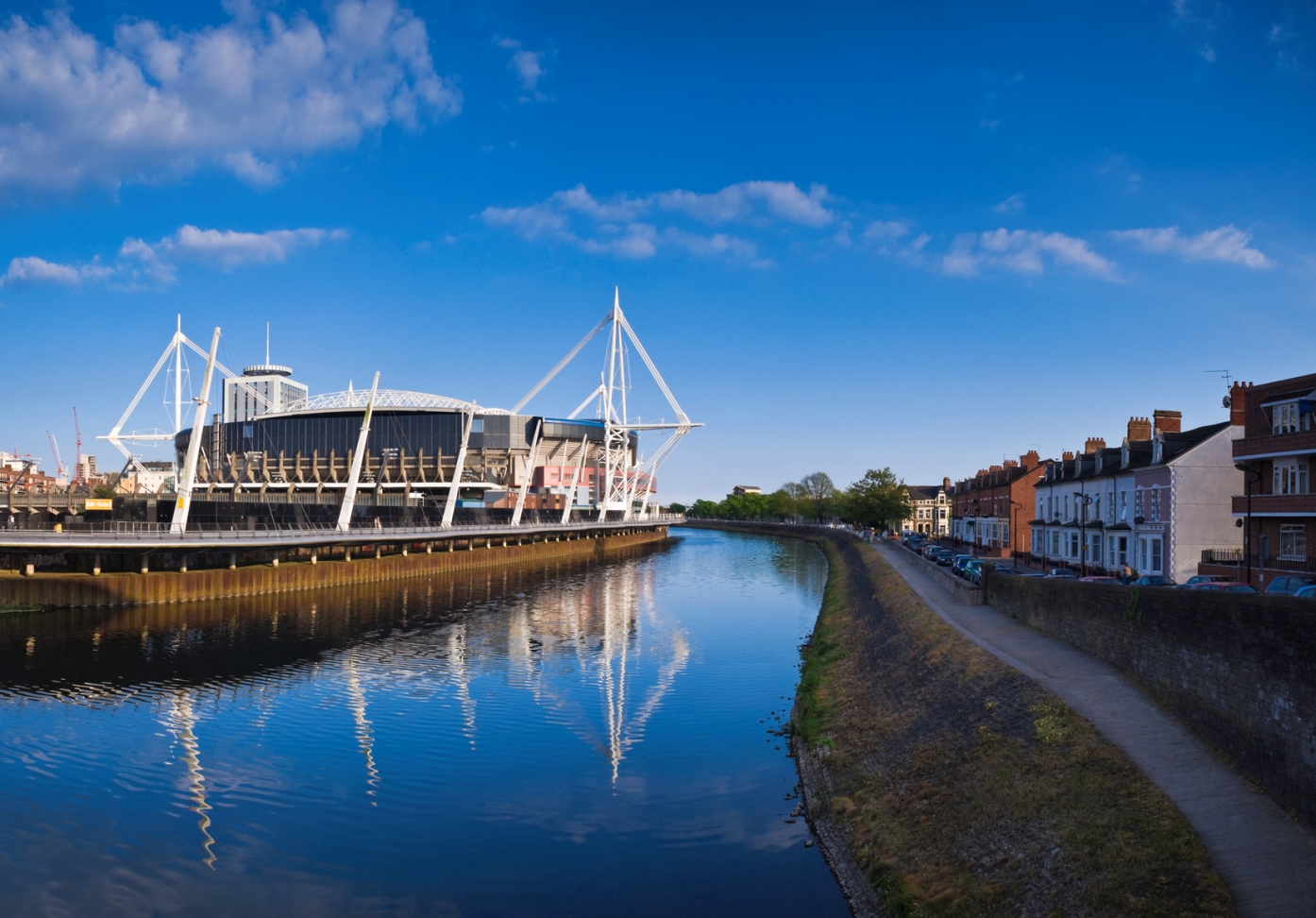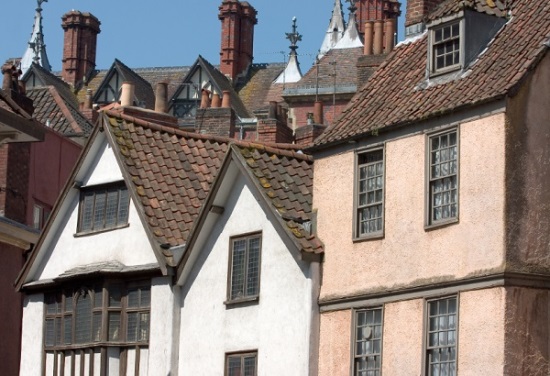Winchester’s literary heritage


A guide to the walking tours and sights for literature fans
Winchester is a literary treasure trove, having inspired the likes of Jane Austen and John Keats. The picturesque town is a fascinating place to visit, packed with beautiful landmarks, including the famous Gothic cathedral that is one of the largest in Europe and Jane Austen’s final resting place. To stay just steps away from the centre of town, check into our Winchester hotel, which offers stylish 4-star accommodation and perfect cathedral views.
Starring the Cathedral
Guided tours and trails
Jane Austen, Winchester’s best-loved heroine
Getting from A to B





